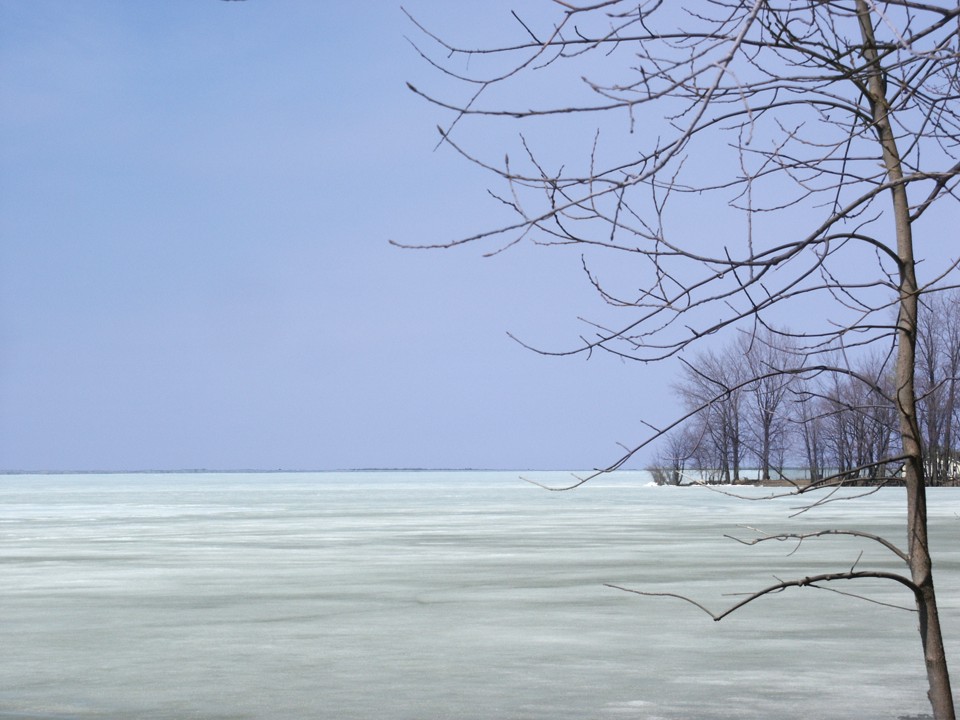In real life, I am an engineer. I do own a business. I do write a weekly newspaper column and all the rest. And I do work as a photographer. But underneath it all, I am an engineer.
It is more than just education or training; it is a state of mind.
A friend–I’ll call him Ralph because that’s his name, or not–is heavily into astrophotography. He emailed that he had just found a digital camera to lust after for his night shots. It apparently has intervalography functionality, a bruckjurnometer, and I think, the much desired high hepjabossity index. He says it has to plug in to his computer to work but the images go straight to the hard drive.
He sometimes runs one of his existing digital cameras from the computer; another friend–I’ll call him Clyde because that’s his name, or not, too–also does that, so I asked Ralph if he doesn’t think he has enough tricks now to turn pro.
Clyde runs big, ghastly expensive CCDs, Ralph told me. Clyde is in essence a pro, especially since he discovered a supernova.
Ralph says he (Ralph) wants to stay a prosumer which he defines as “really good at being mediocre.”
Why, I wondered?
Seriously.
He has the level of expertise. He has the interest. He has probably made at least the same order of magnitude of investment. He’s data-driven, for heaven’s sake. It seems like the reasonable next step.
“Nah,” he said. The real pros take the photos you see on magazine covers, in National Geographic, and so on. They are very very good. And their gear is very very expensive.
Unfortunately, that could be my competition, too, the cover shooters. Fortunately, the entry bar is still low enough in daylight photography that a gifted amateur with decent equipment can sell pretty well. After all, Ansel Adams’ first camera was a Kodak Brownie box; he also tested the Polaroid and promoted its use to his associates.
Still, Ralph has “no wish to devote that much energy on something with so little potential for tangible reward.”
“I am an engineer,” he said, “not an artist.”
I am both.
The relatively low entry bar is also true in some other branches of the arts. Were I a painter with the same ability as I have in photography, I could sell paintings at a price that is reasonable. I can already sell landscape photographs at a price that is reasonable. I can sell words at a price that is, unfortunately, unreasonable, meaning about the same in actual dollars as it was 50 and even 100 years ago. But I can sell them.
At the end of the day, that’s my bottom line.




![[Image]](http://www.dickharper.com/gallery/_media/thumbs/feets_7038t.jpg)